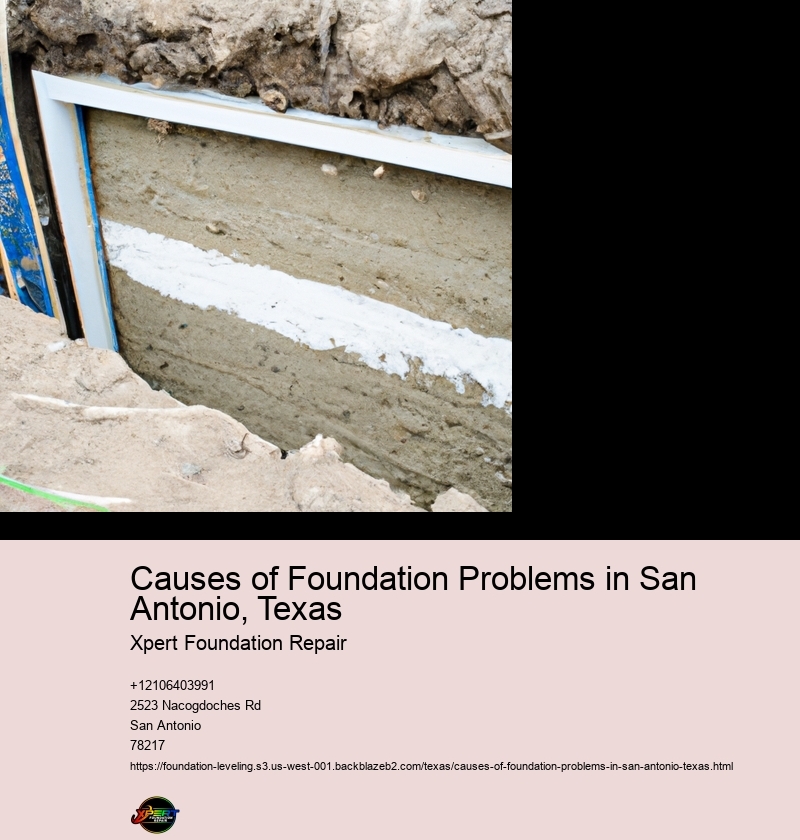Causes of Foundation Problems in San Antonio, Texas
Causes of Foundation Problems in San This is a city that faces its own unique mix of foundation challenges. Understanding these can help homeowners take proactive steps to maintain the structural integrity of their homes and potentially avoid costly repairs.
One primary cause of foundation issues in San Antonio stems from the type of soil prevalent in the region. The area is known for its expansive clay soils which tend to swell when they absorb water and shrink during dry conditions, leading to a movement called soil heave. This constant change can create an uneven support system for foundations, causing them to crack, shift or settle unevenly.
The climate in San Antonio also plays a significant role in foundation problems. The hot and dry weather can lead to prolonged drought-like conditions that cause soil to lose moisture and contract, creating gaps where foundations can sink or tilt. On the other hand, heavy rains common during hurricane season can oversaturate the ground, leading to excessive swelling of the clay soils beneath foundations.
Another factor contributing to foundation woes is improper drainage around homes. When water fails to drain properly away from a structure, it can pool near the foundation, causing the surrounding soil to become unstable. Over time, this excess moisture may lead to hydrostatic pressure against foundation walls, resulting in cracks or bowing.
Human activities such as construction and landscaping can also influence foundation stability. Excavation work near a home without proper shoring up of adjacent land can lead to shifts in ground support. Similarly, large trees planted too close to a house can draw out significant amounts of moisture from the soil through their root systems, exacerbating soil contraction problems.
Additionally, poor construction practices are sometimes at fault for foundational issues. Insufficient site preparation before building begins or using sub-par materials for foundations might not be immediately apparent but could manifest as major problems down the line.
Lastly, simple aging and wear-and-tear on properties cannot be overlooked as causes for concerns regarding foundations in San Antonio homes. As structures age over time under changing environmental conditions and continuous cycles of soil movement; even well-built foundations may eventually exhibit signs of distress.
In conclusion, various factors contribute towards foundational difficulties encountered by homeowners in San Antonio notably expansive clay soils affected by fluctuating weather patterns; inadequate drainage management; human-induced changes via construction or landscaping; potential shortcuts taken during initial building processes; and finally natural degradation over years of exposure.
It's important for residents within this Texas metropolis
